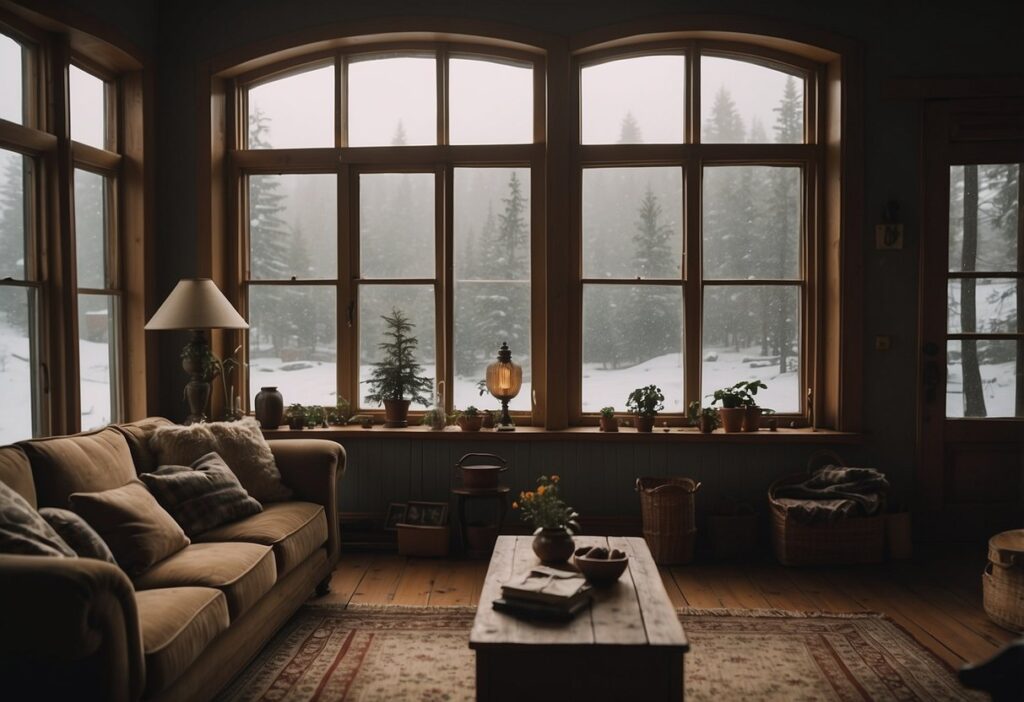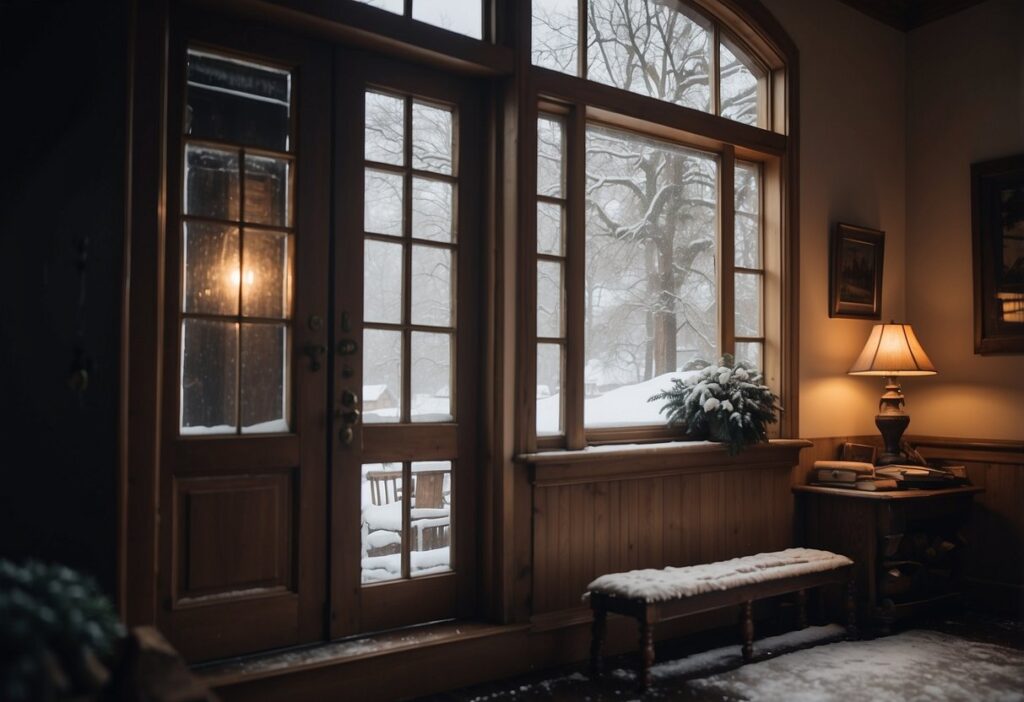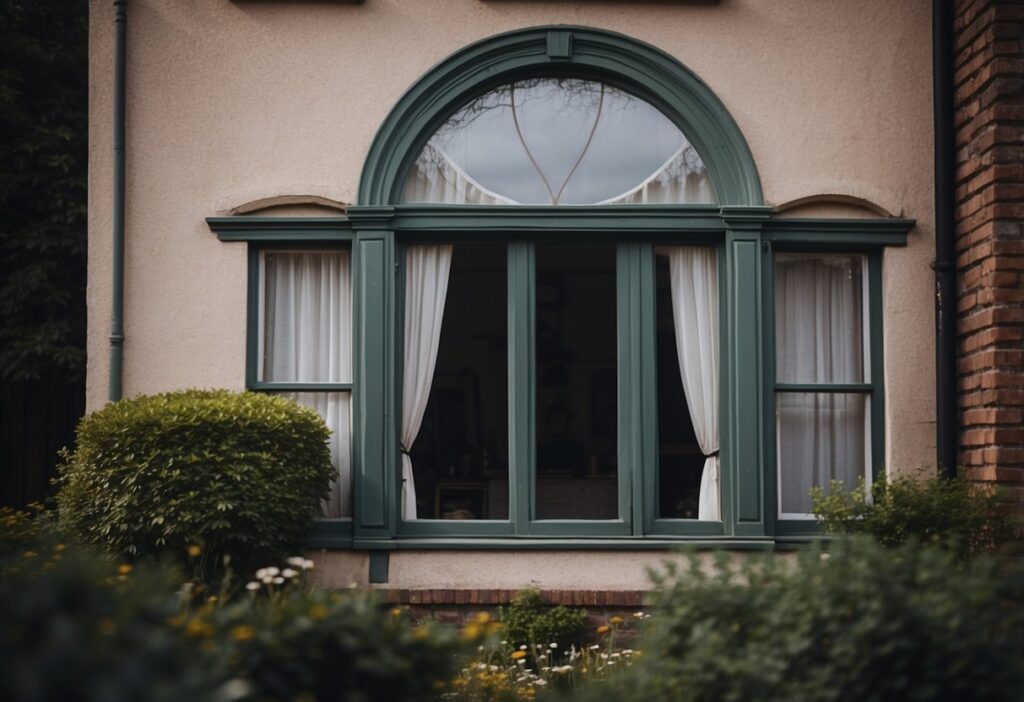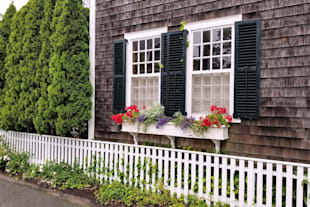Key Benefits and Considerations
Older homes often come with charm and character, but they also come with their own set of challenges. One of the most significant issues is draughts. Draught proofing is essential for older homes because it greatly improves energy efficiency and comfort.

When a home is draughty, warm air escapes, and cold air gets in. This makes heating systems work harder, leading to higher energy bills. Sealing these gaps can save money and reduce energy waste.
Older homes are usually less insulated than modern buildings. This can make them feel uncomfortable during colder months. By draught proofing, these homes can maintain a more stable and pleasant indoor temperature all year round.
The Importance of Draught Proofing

Draught proofing helps to save energy and improve comfort in the home. It is especially critical for older houses that often have gaps and cracks.
Reducing Energy Consumption
Blocking draughts can significantly lower the amount of energy needed to heat a home. Heating systems work harder when there are gaps around doors, windows, and floors. These gaps let cold air in and warm air out. By sealing these gaps, the home retains heat better.
Energy bills can also be reduced with effective draught proofing. Less energy is required to keep the home warm, resulting in lower fuel costs. Additionally, reducing energy use helps to lessen the household’s carbon footprint, which benefits the environment.
Improving Home Comfort
A draught-proofed home is more comfortable to live in. Gaps and cracks allow cold air to enter, making rooms feel cold and uncomfortable. Sealing these gaps keeps rooms warmer and more consistent in temperature.
Noise reduction is another benefit. Sealing gaps can block out external sounds, making the home quieter. This is particularly helpful in noisy urban areas. A cosy, quiet home improves general well-being and relaxation.
Besides temperature and noise, draught proofing stops dampness from entering. Moisture can lead to mould and mildew, which are harmful to health and can damage the home. Draught proofing helps maintain a dry and healthy living environment.
Common Sources of Draughts in Older Homes

Older homes often have draughts that can make them less energy efficient. The most common areas for these draughts are around windows and doors, floors and skirting boards, and chimneys and fireplaces.
Windows and Doors
Windows and doors are some of the biggest sources of draughts. Older windows may have gaps around the frames where air can seep in. Single-pane windows do not insulate well against winds. Ill-fitting doors often have gaps around the edges and at the bottom.
Weather stripping around doors and windows can wear out over time, creating more openings for air to enter. Locks and hinges that no longer fit properly also contribute to draughts. Replacing or repairing these parts can help reduce draughts.
Floors and Skirting Boards
Floors and skirting boards can also be sources of draughts in older homes. Wooden floors may develop gaps over time as the wood expands and contracts with the weather. These gaps allow cold air to rise from under the house. Skirting boards may also shrink, leaving gaps between the boards and the walls.
In some cases, there might be gaps between the floorboards themselves. Filling these gaps with sealants or using draught-proofing strips can help. Also, adding a rug or carpet can reduce the amount of cold air that comes through.
Chimneys and Fireplaces
Chimneys and fireplaces are traditional and charming features of older homes but can be significant draught sources. When not in use, chimneys allow warm air to escape and cold air to come in. Older fireplaces might not have proper dampers or flues to close them off.
Installing a chimney balloon or draught excluder can block these draughts when the fireplace is not used. Also, ensuring that the chimney draft works correctly when the fireplace is operational helps maintain a warm home.
Benefits of Draught Proofing
Draught proofing in older homes offers significant advantages. It improves energy efficiency, reduces costs, lessens environmental impacts, and helps preserve building integrity.
Energy Efficiency and Cost Savings
Draught proofing prevents cold air from entering and warm air from escaping the home. This reduces the need for heating. Homeowners will notice that their boilers or heaters run less often, leading to lower energy bills.
Heating costs can drop significantly, often by 10% to 30%. Better insulation means the home stays warmer for longer periods. This makes rooms more comfortable and reduces dependency on heating systems.
Efficient heating systems run smoothly without overworking. This extends their lifespan and reduces maintenance costs. By cutting down on energy waste, homeowners save money throughout the year.
Environmental Impact
By reducing energy consumption, draught proofing helps to lower carbon dioxide emissions. Homes that are better insulated require less fuel for heating. This means burning fewer fossil fuels, which reduces greenhouse gas emissions.
Preserving energy at home contributes to a larger environmental effort. Each small action accumulates to produce a significant positive effect. Homeowners taking steps to improve their home’s efficiency play a part in safeguarding the planet.
Natural resources are conserved, leading to a more sustainable environment. Simple measures can make a big difference in how much energy is needed daily. Draught proofing is a practical step towards greener living.
Preservation of Building Integrity
Older homes often suffer from wear and tear. Draught proofing helps to protect them from these effects. Sealing gaps prevents moisture from entering, reducing the risk of dampness and mould.
Moisture build-up can cause serious structural damage. Preventing leaks helps to protect wooden beams, walls, and other critical parts of the home. Keeping the interior dry maintains the strength and durability of the structure.
Regular maintenance like draught proofing can extend the life of an older building. Homeowners can preserve their property’s value and aesthetic appeal by investing in these improvements.
Draught Proofing Techniques and Materials
Older homes often need adjustments to improve energy efficiency. Effective draught proofing can significantly reduce heat loss and improve comfort.
Sealants and Brushes
Sealants are crucial for blocking gaps around windows, doors, and skirting boards. Silicone sealant is flexible and durable, making it a popular choice.
Brush strips can be used around doors to stop draughts without blocking movement. They fit along the top and bottom of doors, sealing gaps effectively.
Foam sealants are another option. They are easy to apply and expand to fill gaps. Epoxy resin can be used for larger gaps, providing a tough, long-lasting seal.
Draught Excluders and Strips
Draught excluders are typically placed at the bottom of doors. They can be made of various materials like rubber, foam, or even fabric. Self-adhesive draught strips are easy to install and offer an immediate solution to gaps.
Metal or plastic strips with a rubber or brush edge are also common. They can last longer and provide a more robust barrier against draughts. Under-door draught excluders often come in different designs to match home decor, balancing function and style.
Professional Assessment and Installation
Getting a professional assessment and proper installation can ensure that draught proofing is done correctly and effectively. Key aspects include selecting the right expertise and considering maintenance needs over time.
Choosing the Right Expertise
Selecting a skilled professional is crucial. Check for qualifications and experience. Professionals should have experience with older homes, as they require different techniques.
Ask for references or case studies. This can provide insight into their past work. Look for reviews or testimonials from previous clients. A reputable expert should also conduct a thorough inspection, identifying all potential draught sources.
Certifications from relevant bodies can also be a sign of reliability. This ensures they follow industry standards. Quality experts use the best materials and methods for effective draught proofing.
Long-Term Maintenance Considerations
Draught proofing is not a one-time fix. Regular maintenance is essential to ensure continued effectiveness. Periodic inspections can catch any issues early, such as wear and tear on seals or weatherstrips.
Good professionals often offer maintenance plans. These can include scheduled check-ups and repairs. Understanding the materials used is also important. Different materials have varying lifespans and maintenance needs.
Windows and doors, for instance, may need adjustments over time. Proper maintenance helps in prolonging the benefits of draught proofing. Ensuring your professional provides clear instructions for upkeep can save on future costs.
